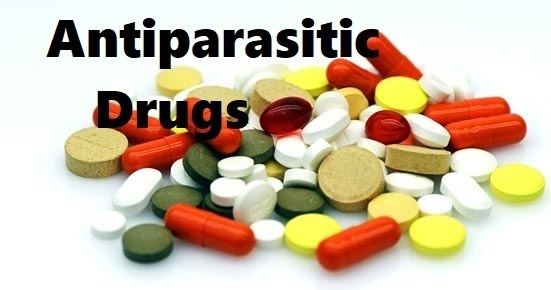 | ||
Antiparasitics are a class of medications which are indicated for the treatment of parasitic diseases, such as those caused by helminths, amoeba, ectoparasites, parasitic fungi, and protozoa, among others. Antiparasitics target the parasitic agents of the infections by destroying them or inhibiting their growth; they are usually effective against a limited number of parasites within a particular class. Antiparasitics are one of the antimicrobial drugs which include antibiotics that target bacteria, and antifungals that target fungi. They may be administered orally, intravenously or topically.
Contents
- Broad spectrum
- Antiprotozoals
- Antinematodes
- Anticestodes
- Antitrematodes
- Antiamoebics
- Antifungals
- Medical uses
- Administration
- Drug development history
- References
Broad-spectrum antiparasitics, analogous to broad-spectrum antibiotics for bacteria, are antiparasitic drugs with efficacy in treating a wide range of parasitic infections caused by parasites from different classes.
Broad-spectrum
Antiprotozoals
Antinematodes
Anticestodes
Antitrematodes
Antiamoebics
Antifungals
Medical uses
Antiparasitics treat parasitic diseases, which impact an estimated 2 billion people.
Administration
Antiparastics may be given via a variety of routes depending on the specific medication, including oral, topical, and intravenous.
Drug development history
Early antiparasitics were ineffective, frequently toxic to patients, and difficult to administer due to the difficulty in distinguishing between the host and the parasite.
Between 1975 and 1999 only 13 of 1,300 new drugs were antiparasitics, which raised concerns that insufficient incentives existed to drive development of new treatments for diseases that disproportionately target low-income countries. This led to new public sector and public-private partnerships (PPPs), including investment by the Bill and Melinda Gates Foundation. Between 2000 and 2005, twenty new antiparasitic agents were developed or in development. In 2005, a new antimalarial cost approximately $300 million to develop with a 50% failure rate.
